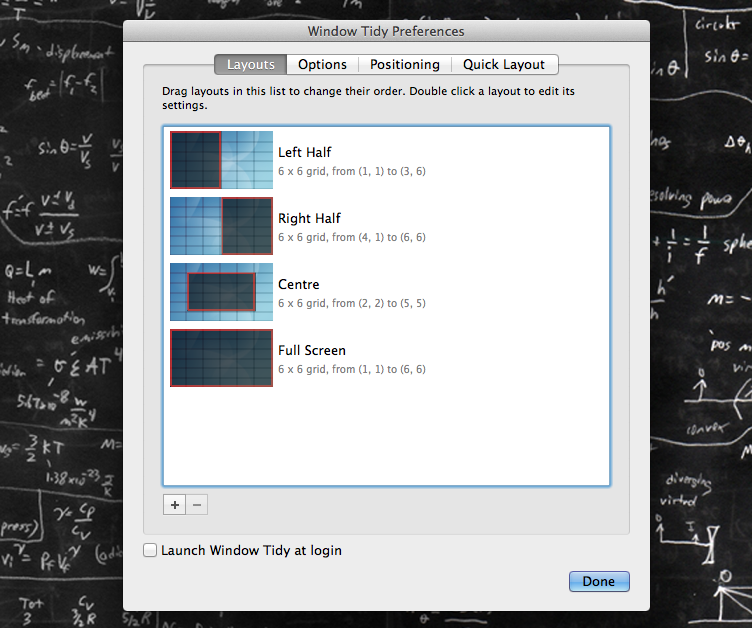

By providing consistent shortcuts to users, you let them complete their tasks more efficiently. If the text is editable, they expect that they can cut and paste, as well. Whenever there is text in an application, users expect that they can select and copy it. WinUI text controls automatically expose cut/copy/paste commands, but other controls may need extra work to support these commands.
Apps like window tidy windows#
Windows 11 improves the behavior of the right-click context menu, so if your app creates context menus, refer to the latest context menu integration guidance. Use on-object commanding such as context menus, swipe commands, and keyboard shortcuts. When your app doesn't follow these conventions, users may find it confusing or frustrating. When your application adheres to these experiences, your users can use your application reliably. Windows users can choose from a wide variety of input devices to interact with your application, and Windows has specific system experiences that people are accustomed to using. Follow the guidelines for panning or scrolling to ensure that users can always access your content, no matter how small the app window gets. Use responsive design techniques to optimize your app pages for different window sizes. See High DPI Desktop Application Development on Windows for more information. Without additional work to support per-monitor DPI scaling for these technologies, applications may appear blurry or incorrectly-sized. Other Windows programming technologies (Win32, WinForms, WPF, etc.) don't automatically handle per-monitor DPI scaling.

WinUI applications automatically scale for each display that they're running on. Your application should work as expected even when resized down to small dimensions. Test your application's panes and/or pages across a variety of dimensions, devices, window sizes, DPI settings, and scale settings. Windows applications run on a variety of configurations that match users' needs. If you aren't able to use WinUI 3, consider emulating the styles demonstrated in our design toolkits and WinUI Gallery. WinUI 3 provides built-in support for many of these experiences and styles through its common controls. When thinking about incorporating the latest and recommended Windows application UI/UX patterns into your Windows applications, we recommend that you focus on these 5 areas: Following these guidelines as you build your apps will help you meet your customers' expectations of a great app experience. Windows 11 is built on the Windows 11 design principles. An app that looks great can create a great first impression, but an app that's also easy to use and helps the user accomplish their goals will create a great lasting impression. This makes it much easier for users to use your app. When applications adhere to Windows styles and standard Windows behaviors, users don't have to re-learn interaction patterns.
Apps like window tidy Pc#
The best practices in this document will help you build great Windows apps that reach and delight ~1.5 billion diverse PC users around the world.


 0 kommentar(er)
0 kommentar(er)
